March is Women’s History Month, and to celebrate, we’re highlighting some of the brilliant and fascinating women who have made a huge impact on society and on everyday life. Beginning in 1978 as a local celebration week, the idea of celebrating women’s achievements grew and grew until it became a month-long National celebration. Now, we as a society are beginning to understand more and more how certain groups have not always had as smooth of a journey in obtaining equal treatment, especially in the workplace.
Today, seeing a female CEO or entrepreneur has become a bit more common, but it wasn’t always that way. If we go back to the middle of the 20th century, the labor force was predominantly male. In fact, the Bureau of Labor Statistics reports that less than 30% of the labor force was female in 1950. Even though 57.4% of women were in the workforce by 2019, these women still faced pay gaps and fewer leadership and advancement opportunities. According to a report by Leanin.org and McKinsey & Company, for every 100 men promoted to first-level manager in 2020, only 86 women were promoted. A quick look at the Fortune 500 list is also quite telling, showing just how male-dominated leadership really is.
The women on this list have risen above the inequality, creating products and services that have truly changed the world.
1. Hedy Lamarr, 1914-2000

The Mother of Wi-Fi
Hedy Lemarr was well-known for her acting and striking beauty, but it wasn’t until years later that she got the credit she deserved for her landmark invention. Lemarr, along with another inventor named George Antheil, came up with a radio wave frequency hopping system to guide torpedos, allowing torpedos to find their target while also preventing interception. Although their patent expired decades ago, Lemarr and Antheil’s technology is now used in many of our essential tech today: Wi-Fi, GPS, and more.
In 2014, Hedy Lemarr and George Antheil were inducted into the National Inventor’s Hall of Fame.
2. Ada Lovelace, 1815-1852
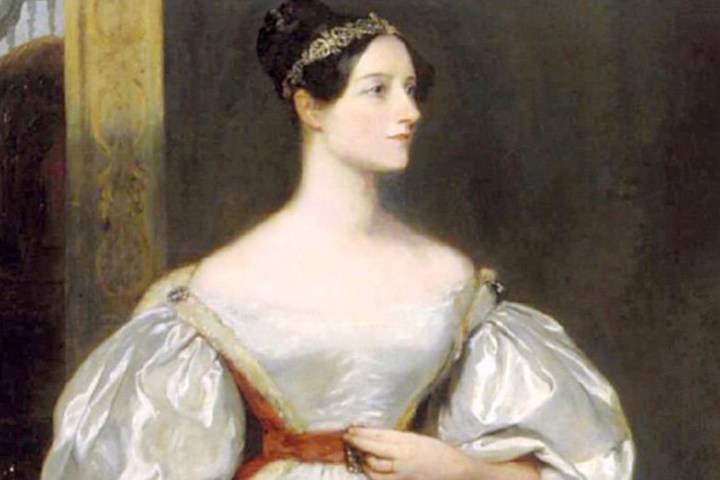
The first Computer Algorithm
Back in the mid-1800s, during a time when it was quite uncommon for a female to learn mathematics and science disciplines, Ada Lovelace made quite a mark on the field of computing. Lovelace has even been called the first computer programmer, as she translated a paper about an analytical engine (written by another author) and added extensive notes. In her notes, she included an algorithm that allowed the engine to compute Bernoulli numbers. This is considered to be the first-ever published algorithm.
3. Margaret A. Wilcox
Car Heater
In 1893, Margaret Wilcox was granted a patent for a car heater that used the engine’s heat to warm the inside of the car. It took some time for the system to gain success commercially, but Wilcox’s heating technology was eventually implemented in vehicles in the late 1920s. Today‘s car heaters are more advanced, but Wilcox’s ingenious idea certainly helped pave the way.
4. Mary Anderson, 1866-1953

Windshield Wipers
Another pioneer in automotive innovation, Mary Anderson came up with what would eventually become the modern windshield wiper. Her 1903 patent was for a device the driver could operate inside of the vehicle: A lever that caused a spring-loaded arm with a rubber blade to swing across the windshield.
Before windshield wipers, drivers would have to manually remove rain from their windshields or find another way to deal with inclement weather while driving. Thanks to Anderson’s innovation, today’s roads are far safer during rain and snow.
Anderson was inducted into the National Inventor’s Hall of Fame in 2011.
5. Gertrude Belle Elion, 1918-1999
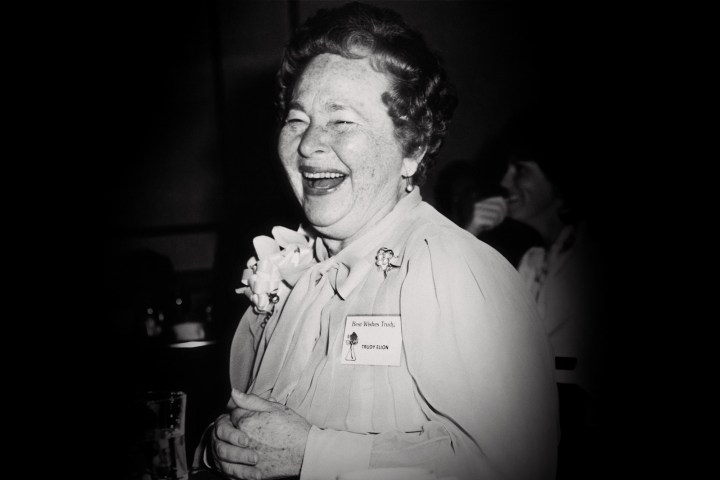
Anti-leukemia drug, other medical innovations
Gertrude Belle Elion was granted US Patent No. 2,884,667, along with George H. Hitchings, for 2-amino-6-mercaptopurine: A compound that helps treat leukemia. According to the patent, “The compounds are active in this respect, in the inhibition of lactic acid bacteria and for their bacterio-static effect. Compounds of this nature are also valuable for their antileukemic activity and in treating other forms of neoplastic growth.” Elion was also part of the team that created other drugs, including allopurinol, for treatment of gout, and acyclovir, which has been used to help provide relief for herpes infections.
Along with George Hitchings and Sir James Black, Elion earned a Noble Prize in 1988, and she was also inducted into the National Inventor’s Hall of Fame in 1991.
6. Dr. Ann Tsukamoto, 1952-present
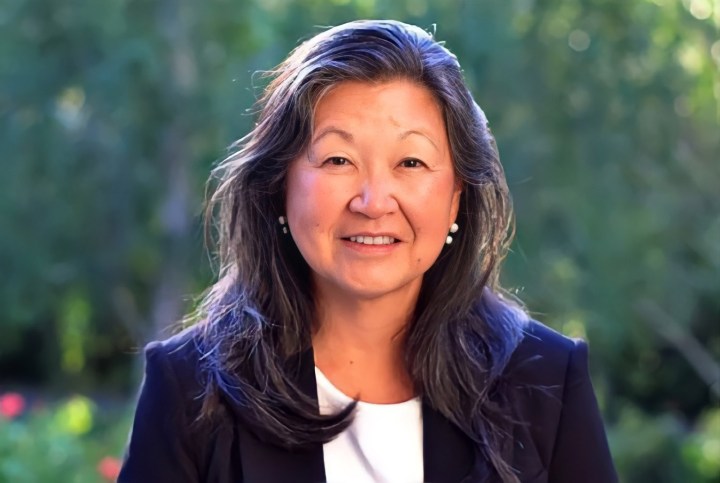
Stem cell advancements
An inventor and stem cell researcher, Dr. Tsukamoto has several patents in the field of stem cell research. One of her most significant discoveries involved finding a way to isolate stem cells.
A PhD holder in microbiology and immunology, Dr. Tsukamoto’s research has been instrumental in cancer research and in helping to find treatments for a number of other medical conditions.
7. Letitia Geer, 1853-1935
The one-handed syringe
Letitia Geer patented the one-handed syringe in 1899, which made it easier for medical professionals to take blood and deliver life-saving medications. Geer’s invention, which was an advancement of Franic Rynd’s hollow needle and Charles Pravaz and Alexander Wood’s hypodermic syringe that came before it, allowed for safer and more efficient operation in the medical field. This design became the standard in medicine, changing the way we administered vaccines and medications.
8. Marie Curie, 1867-1934
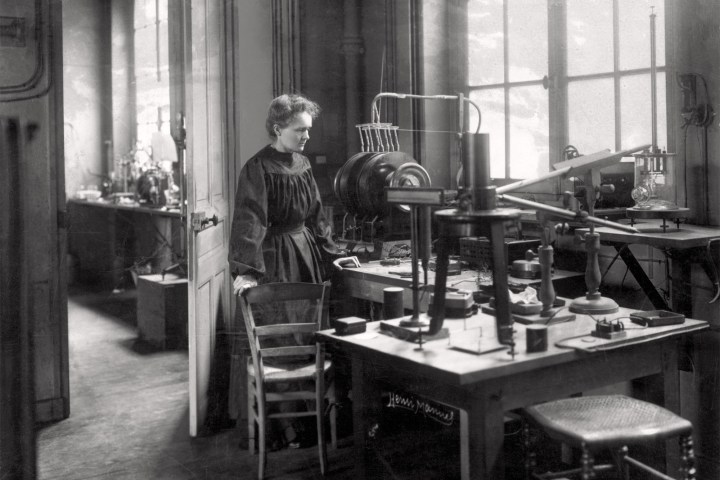
Radium, Polodium, and radiation in medicine
Marie Curie became the first woman to receive a Nobel Prize in 1903 for her research on “radiation phenomena.” In 1911, Curie received yet another Nobel Prize for the isolation of radium. Along with her husband Pierre Curie, she discovered that radium destroyed diseased cells — and at a faster rate than healthy cells. This led them to research applications in medicine (i.e. tumors).
Marie Curie eventually began bringing portable X-ray machines to doctors on the front lines during World War 1. By 1920, she began suffering from health issues — likely from exposure to radioactive materials — and died in 1934. Her legacy lives on, however, as her contributions have changed science and medicine forever.
9. Stephanie Kwolek, 1923-2014
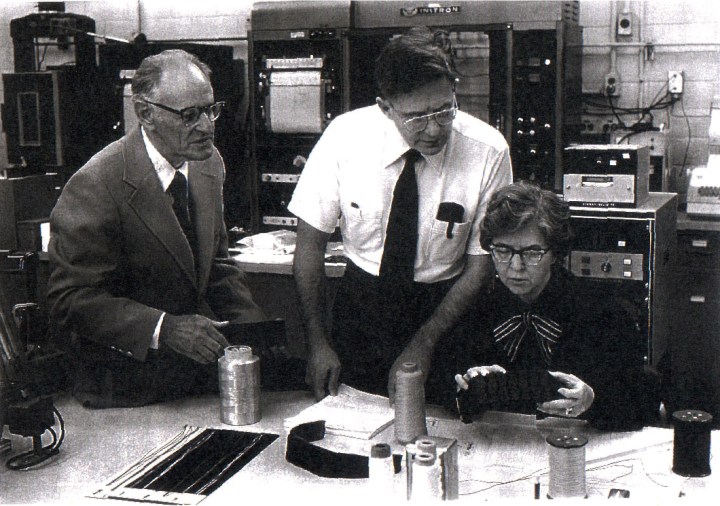
Kevlar
A DuPont chemist and researcher, Stephanie Kwolek is credited with creating the ultra-strong fabric that’s now used in bullet-resistant gear that would eventually come to be known as Kevlar.
She made the discovery in 1965 while observing how “polyamide molecules line up to form liquid crystalline polymer solutions of exceptional strength and stiffness,” according to the American Chemical Society. “That discovery made way for Kwolek’s invention of industrial fibers that today protect and save thousands of lives. Most notable among these is Kevlar, a heat-resistant material that’s five times stronger than steel, but lighter than fiberglass,” the ACS adds.
You can now find Kevlar in a number of products, including bullet-proof vests, tires, military gear, and a number of other commercial products.
Stephanie Kwolek was inducted into the National Inventor’s Hall of Fame in 1994, and she received a number of other accolades as well.
10. Patricia Bath, 1942-2019
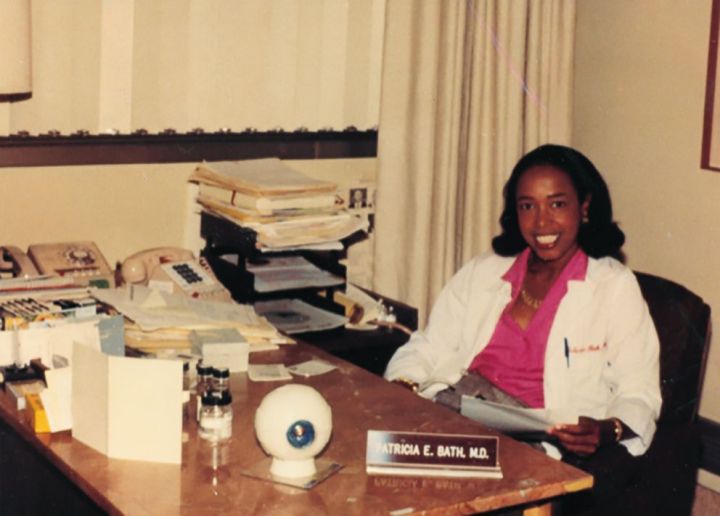
Laser cataract surgery
Dr. Bath holds five patents in total, but her most notable contribution is for the Laserphaco Probe. When Patricia Bath invented the Laserphaco Probe in 1986, it was a life-changing invention for people suffering from cataracts, allowing them to live somewhat normal lives and finally see clearly again.
Cataracts occur when the clear lenses in your eye become blurry and foggy, making it difficult to see. The condition can eventually even lead to blindness.
The Laserphaco Probe uses lasers and irrigation to get rid of the diseased lens and replace that lens with an artificial lens. According to an MIT publication, the Laserphaco Probe “uses a laser to vaporize cataracts via a tiny, 1-millimeter insertion into a patient’s eye. After using the Laserphaco Probe to remove a cataract, the patient’s lens can be removed and a replacement lens inserted.”
Thanks to Bath, thousands of people across the globe can see clearly.



